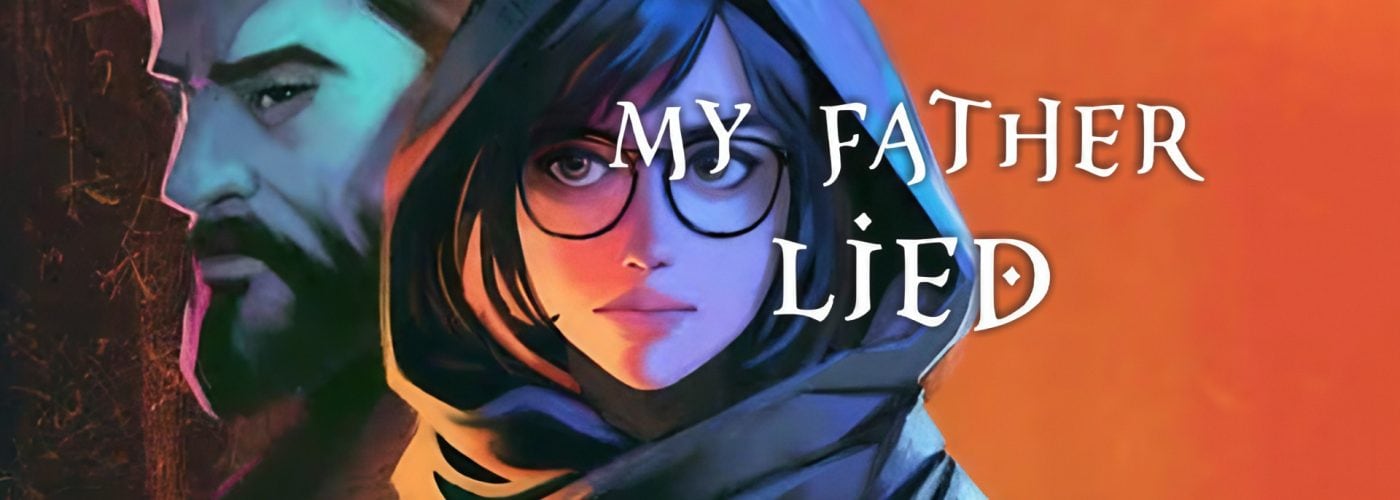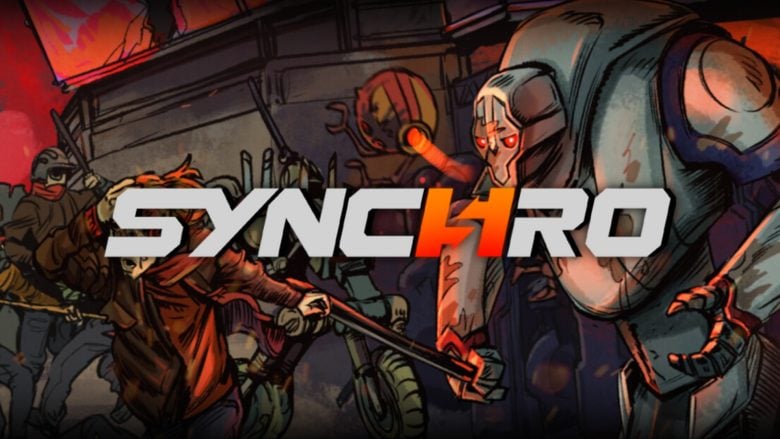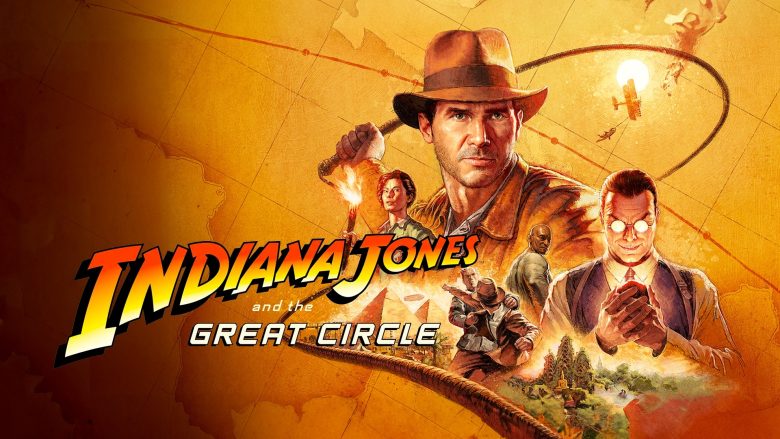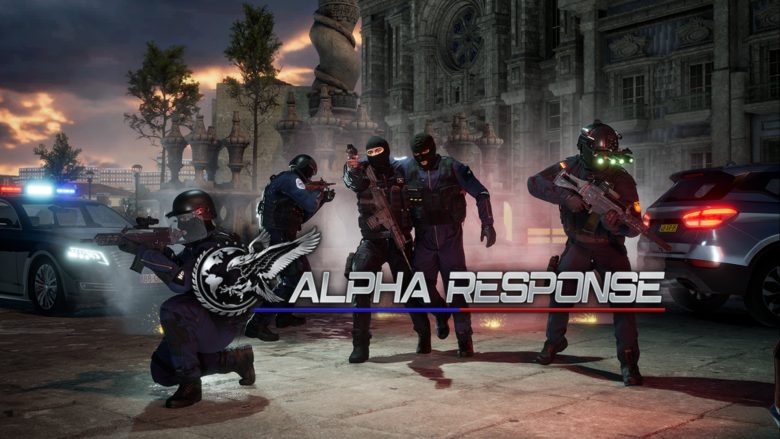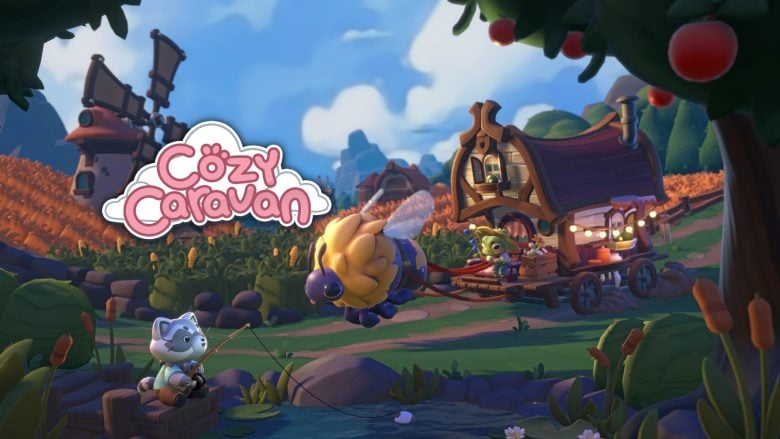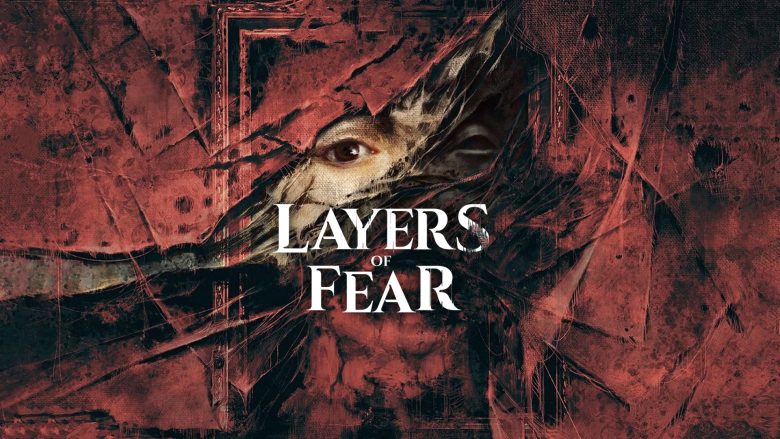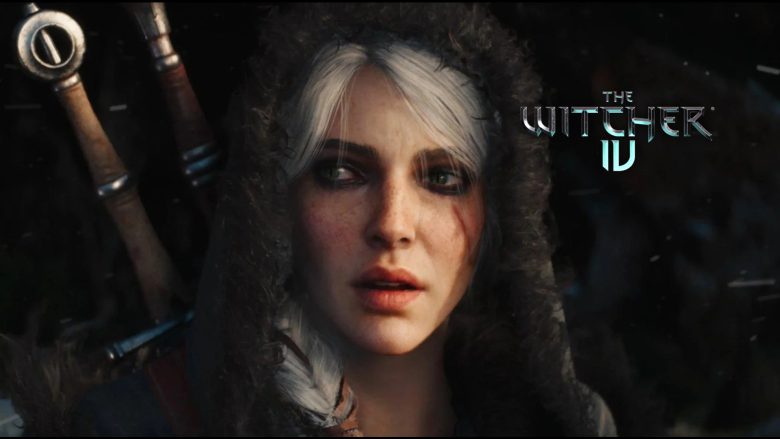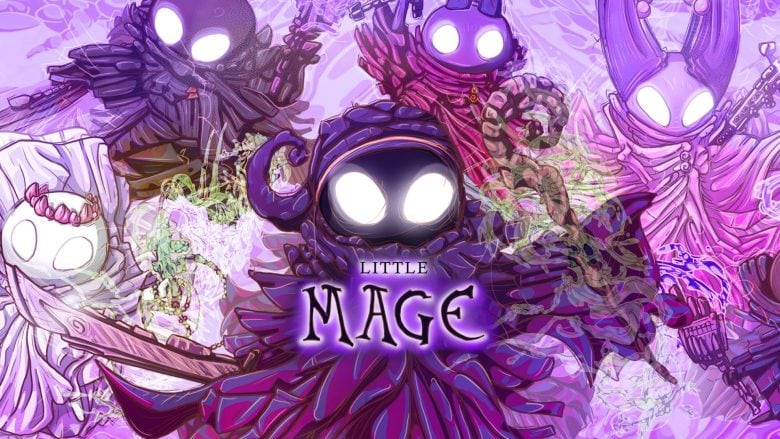The adventure set in Iraq, filled with mysteries and history, has finally entered the crowdfunding world
After having the chance to try out the demo of My Father Lied (here our previous article), we can finally dive deeper into this intriguing indie project that has just launched its Kickstarter campaign.
The game, developed by the independent studio Lunar Games Ltd and created by Mesopotamian author Ahmed Alameen, is a narrative adventure that blends mystery, puzzles, and a strong historical component.

One of the most fascinating aspects of My Father Lied is its setting, inspired by 7,000 years of history and myths from Mesopotamia, the land where the first written stories emerged. This setting is not merely a backdrop but a central element of the gameplay experience, shedding light on a rich cultural heritage often unexplored in video games. Modern Iraq, the heir to this ancient history, thus becomes the protagonist of a journey through mystery, memory, and discovery.
Now that the Kickstarter campaign is live, players have the opportunity to directly support the development of the game and contribute to the realization of this unique experience. In this article, we will explore two of its most fascinating aspects: storytelling and gameplay.
The Power of Storytelling in My Father Lied
One of the most captivating elements of My Father Lied is its rich and layered storytelling, rooted in Mesopotamian culture and ancient myths. The story follows Huda, a young woman investigating her father’s mysterious disappearance twenty years prior. This journey will lead her to confront shocking family secrets, as well as a narrative universe blending the real with the supernatural.

The game stands out for its ability to intertwine storytelling and puzzles, evoking atmospheres reminiscent of the works of H.P. Lovecraft and classic genre titles like MYST and Heaven’s Vault. The events are not limited to a simple sequence of clues and twists; they develop through a deep narrative that emotionally and intellectually engages the player.
A key element is the use of memory and history as tools for narrative progression. The puzzles and items scattered throughout the environment are not merely obstacles to overcome but pieces of a larger puzzle that allow Huda (and the players) to reconstruct the past and uncover the truth. Additionally, the game leverages Mesopotamian mythology to create a plot that extends beyond a personal mystery, embracing a broader, cosmic, and unsettling dimension.
Intuitive Gameplay with a Broad Audience Appeal
In terms of gameplay, My Father Lied presents itself as a first-person point-and-click adventure with an innovative approach that combines 2D static images with 360-degree panoramic environments. This visual style not only offers an immersive and evocative atmosphere but also ensures accessible hardware requirements, making the game available to a wider audience.
The puzzle design is one of the game’s strengths. The puzzles are logically constructed and consistent with the game world, avoiding unnecessary frustration while stimulating players’ reasoning. Each challenge is designed to be intuitive yet deep, with a perfect balance between difficulty and satisfaction.

An interesting feature is the presence of Bonus Puzzles, marked with cuneiform symbols, aimed at more experienced players. Solving them unlocks secret messages that enrich the game’s lore and provide additional details about the story. This choice offers a dual mode of enjoyment: on one side, an experience accessible to all, and on the other, a more challenging one for those who want to explore every aspect of My Father Lied.
The game also uses the environment as an element of narrative and interaction. The action takes place in an abandoned museum filled with historical artifacts that tell the story of an ancient civilization. Exploring every corner, carefully observing objects, and interacting with environmental elements becomes an essential part of the experience, making the player an active protagonist in the story.
The Kickstarter Campaign
Let’s dive deeper into the Kickstarter campaign and what the project has to offer.
With a goal of €6,746, the campaign aims to fund the development and refinement of the game, enabling the Lunar Games Ltd team to expand the mechanics, refine the artistic direction, and further explore the connection with the rich Mesopotamian cultural heritage. Currently, the fundraiser has surpassed €2,500, thanks to the support of over 50 backers, but the final target is still to be reached.

Backers of My Father Lied will not only have the chance to see the game come to life but will also gain access to exclusive rewards. These include a digital copy of the game, the official artbook revealing the artistic process behind the illustrations, and even direct involvement in the creation of the narrative world, with some backers giving a voice to secret lore elements within the game.
Moreover, for players passionate about puzzles, the team has designed special challenges marked with cuneiform symbols, offering even more complex trials and access to hidden messages that expand the game’s story and mythological background.
As for the stretch goals, here’s a list:
CA$ 10,000: The game will be available in English, Arabic, and Chinese.
CA$ 15,000: Language support will expand to Japanese, Spanish, and German, with a new puzzle room added.
CA$ 20,000: Introduction ofFrench, Italian, and Russian languages, along with additional voice actors and two new puzzle rooms.
CA$ 25,000: Bonus puzzles with narrative elements, enriching the game’s lore.
CA$ 50,000: My Father Promised will become a playable DLC, adding new puzzles and an intense story full of twists.
The Artistic Aspect of My Father Lied
Before concluding, I’d like to delve into the artistic aspect that defines My Father Lied.
The story unfolds through artistic cutscenes, created with minimal animation by Dash, whose talent has played a crucial role in transforming every sketch into a piece of art that fully reflects the project’s vision.

Dash’s ability to translate sketches into visually powerful and narrative images has helped create a visual language that not only integrates with the narrative but expresses it in a deep and intricate way. The art blends seamlessly with the game, creating an immersive experience that recalls the elegant fusion of 2D and 3D seen in titles like Heaven’s Vault.
The early concept art, which will be revealed in the artbook The Art of My Father Lied, offers a glimpse into the visual transformation of the project, from the initial sketches to more defined illustrations that help shape the game’s visual tone.

Ultimately, the artistic aspect of My Father Lied is not just a visual decoration; it is an integral part of the narrative, giving form and depth to the story that has come to life.
Conclusion
Supporting this campaign means contributing to a work that not only promises a unique gaming experience but also brings to the forefront a culture often overlooked in the world of video games. My Father Lied stands out for its narrative approach, attention to historical detail, and its ability to transport players into a world infused with mystery, memory, and myth.
With 22 days remaining, every contribution can make a difference in turning this vision into reality. For anyone wanting to immerse themselves in an adventure that blends ancient legends with the charm of classic puzzle games, this is the perfect opportunity to leave your mark on the creation of My Father Lied.


